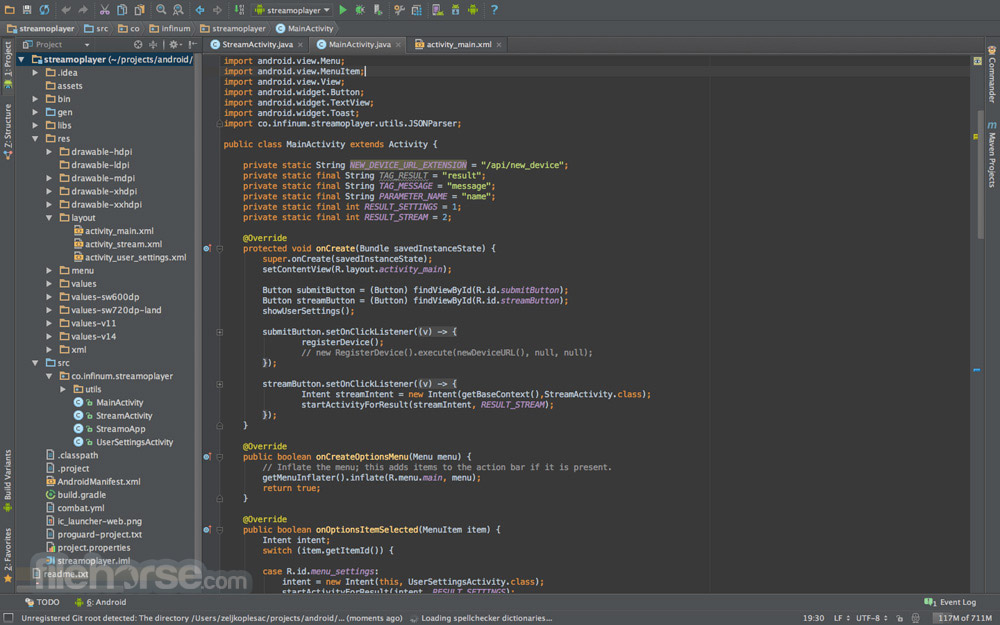

- Look for a program in terminal mac install#
- Look for a program in terminal mac full#
- Look for a program in terminal mac mac#
The prompt in the Terminal app displays the Mac name, current path, and the current user running the commands. Under General, set the trigger to Recurring Check-in, and set the execution frequency to Once per computer. Once you have typed you will see the application you need, all you need is just click it. Under the Enrollment category, click on PreStage Enrollments. Always type at the top of each script something called a shebang: called hash + bang #! Followed by /bin/bash, so that when you use your scripts, Terminal will know to use bash as an interpreter. This command could then be used to run a script to clear out all the user data from Office 365 on a Mac. Command (⌘) + T is used in order to open a new terminal window.
Look for a program in terminal mac install#
1) upload an install package with the correct software to make all the printer functions work. You have to do this every time you use migration assistant from one enrolled machine to another, so don’t forget or you’ll end up with a machine that can’t check in or run policies. zshrc export PATH=/usr/local/bin:/usr/bin:/bin:/usr/sbin:/sbinĪnd then you can slot in other paths as required._ Jamf commands terminal So lets say you want /usr/local/bin at the beginning to take precedence you can add the default path like so inside.

If you needed to rearrange the paths in the default $PATH variable, you can just do that and leave off $PATH. You will get the new path at the front followed by the default path locations, all the time /usr/local/bin:/usr/bin:/bin:/usr/sbin:/sbin:/Library/Apple/usr/bin/Users/yourusername/bin Rearranging the default $PATH So now when the Terminal is relaunched or a new window made and you check the the path by echo $PATH zshrc file by using source or restart the Terminal: source. And the ‘control’+’x’ to exit nano.Įither refresh the. Save the file in nano by clicking ‘control’ +’o’ and confirming the name of the file is. Just uncomment the second line # If you come from bash you might have to change your $PATH.Įxport PATH=$HOME/bin:/usr/local/bin:$PATHĪdd in any extra paths colon separating them with no trailing slash Saving the Edits in Nano # export PATH=$HOME/bin:/usr/local/bin:$PATH zshrc file it may have these lines in it: # If you come from bash you might have to change your $PATH. zshrc export PATH=$PATH:/Users/yourusername/binĪdd in the above line which declares the new location /Users/yourusername/bin as well as prefixing the original path declared as $PATH.Īlso if you have an existing. If you don’t have it, create it and edit it with a command line editor called nano: touch. zshrc file by running the ls -la command which shows the directory files. This command moves you into home directory, if you are already in the home directory then you are in the right spot. zshrc file to control it ( previously it was the Bash Shell using. In macOS Big Sur and Catalina the default shell is Zsh aka the Z Shell which has the. This configuration file controls various Terminal environment preferences including the path. bashrc in your home directory and add to the path there.

To make the new path stick permanently you need to add or edit a. One of the disadvantages of this is that the new location will only be honored for that particular Terminal session, when a new Terminal window is launched it will have the original default path again. Test it by running echo $PATH again in the Terminal.

So here I have copied my existing path and added the new location on the end, colon separate the paths. You can add extra locations to your path, in the myscript.sh example above it’s location /Users/yourusername/bin/ which is not in the default path, you can add it in Terminal like so: PATH=/usr/local/bin:/usr/bin:/bin:/usr/sbin:/sbin :/Users/yourusername/bin/ These directories are not visible by default in the filing system but you can make them visible.
Look for a program in terminal mac full#
The shell path for a user in macOS is a set of paths in the filing system whereby the user has permissions to use certain applications, commands and programs without the need to specify the full path to that command or program in the Terminal.


 0 kommentar(er)
0 kommentar(er)
